On New Year’s Eve, out of both a sincere desire to stay healthier this year than I normally do1 and an unshakeable devotion to filling my life with new and meaningful rituals, I made myself some fire cider.
Or perhaps it’s more accurate to say that I started the process of making fire cider. It takes a month for this particular tonic to reach its full potency, at least according to the folksy people I borrowed the method from; luckily I have stopped attaching much meaning to New Year’s Day in recent years and was not particularly disappointed that my life-changing new beverage wouldn’t be available to help me ring in the first hours of 2022.
Fire cider has been around as a term for the drink since the 1970s, although the concept has existed longer. The basic ingredients are listed below—you chop all the stuff into a mason jar, you squeeze the citrus over it, and then pour in the ACV. You steep it for a month in a cool dark place, shaking daily. The end product is supposed to be a killer remedy for cold prevention and immune support, which is unsurprising based on this list:
1/2 cup fresh ginger grated or sliced
1/2 cup fresh horseradish root grated or sliced
1 medium onion chopped
10 cloves garlic crushed or chopped
2 jalapeno peppers sliced
2 sprigs fresh rosemary
1/4 c fresh turmeric, grated or sliced
1 lemon or orange zested and juiced
4 cups raw apple cider vinegar
1/4 cup raw honey more or less to taste, added after 1 month
Some freestyling with the ingredients is encouraged. For my part I couldn’t find horseradish at the store, and they were fresh out of jalapenos, so I just bought regular radishes and some Anaheim peppers. And I replaced the recommended lemon or orange with a grapefruit because it’s my favorite citrus. There’s also some very non-traditional sumac powder in my brew, mostly because I have a neighbor who grows some envious sumac horns on a tree in their yard, and I wanted in on the action.2
This past Monday my month of faithful daily shaking came to an end, and I filtered out the solids from the jar. Ignoring the advice of my elders and betters—something I have a habit of doing—I took a first sip without adding any honey to sweeten it. I genuinely lost the ability to breathe for a moment. It tasted about what you’d expect that list of ingredients would taste like all together: hot and acidic and tangy and all-around nasty. The taste of pure fire cider, if you’re generous enough to allow that’s what I created, is an affront to God.
Finally, after adding enough dark, rich buckwheat blossom honey to let several hives’ worth of bees retire comfortably, I was able to drink a tablespoon of it. Instead of gagging I felt my entire insides warm up, which is I think more in line with what this sort of tonic is supposed to do. There we have it: one more daily ritual to lengthen and enrich my life. (Or at least do the latter, which I will settle for.)
Because this is an American beverage it is inextricable from America itself. Nothing in this country is ever without its controversies, is it? A few years ago a (relatively) big herbalist company attempted to trademark the name fire cider despite it being in common use for more than 35 years, which would force smaller companies and independent sellers making the stuff to change their product names or face legal consequences. When several of these independent herbalists submitted a petition to the patent office to cancel that trademark, they were sued by the company. These women became known as the “Fire Cider Three,” which is for my money a pretty sick moniker.
It’s easy to forget in this day and age but sometimes the good guys do win, which is what happened in 2019, when the Fire Cider Three were vindicated by a judge’s ruling that their namesake beverage is in fact a generic term that can’t be trademarked. Not satisfied with this single victory, the group is now working on a compendium of generic herbal terms to help set a precedent for protecting all of those commonly-held recipes, too.
When I go to the woods and mountains I am always curious to find out where the water comes from. I drink from a river or seep or creek or lake and I wonder, in the oldest sense, about its source. I have been lucky enough to drink from the runoff of glaciers that are three or four times older than written language; when I take in that water, I take in a little of that history, too. Now I have one more thing to drink that is part of a story much older than me.
Maybe this devotion to ritual is a way of acknowledging the fire inside me. It burns in no particular direction but it burns nonetheless, and it feels like my life’s work to investigate its source and follow its lead. Honestly it’s the only job I can see myself doing forever.
Thanks, as always, for reading. I’ll talk to you next week.
-Chuck
PS - If you liked what you read here, why not subscribe and get this newsletter delivered to your inbox each week? It’s free and always will be, although there is also a voluntary paid subscription option if you feel like supporting Tabs Open financially.
Remember all those stories about how the flu basically disappeared in 2020 because of everyone isolating and masking? I managed to get it that fall.
My sumac was purchased, not foraged, because it takes some serious time and equipment to process the sticky red horns into the tasty powder.





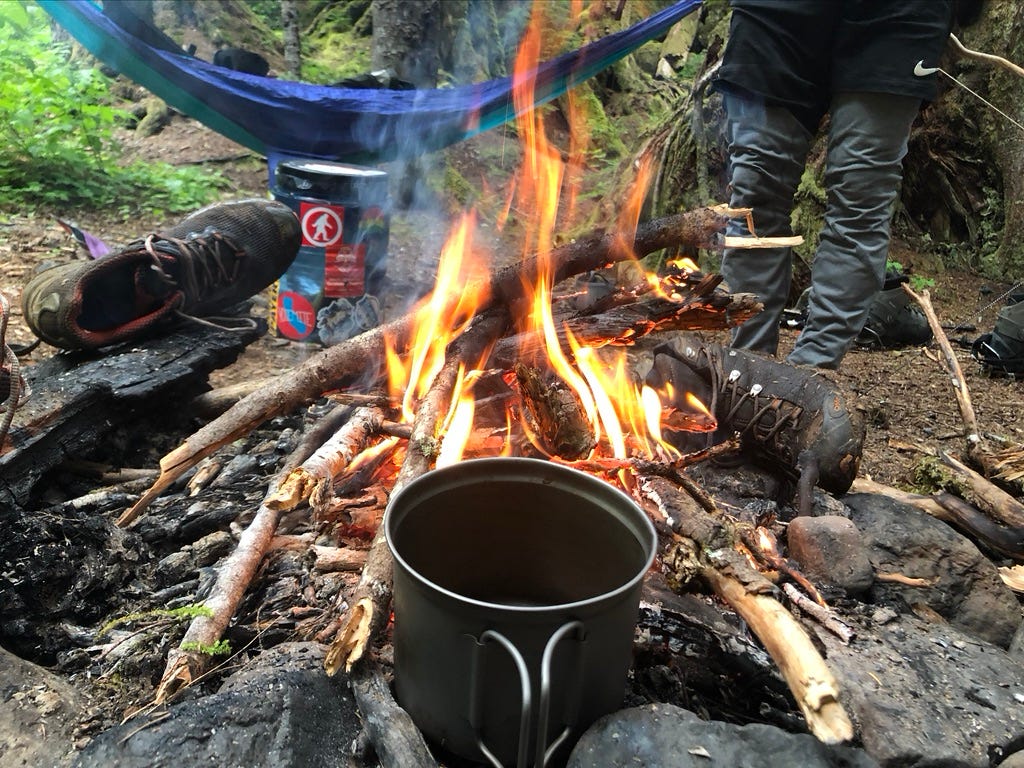
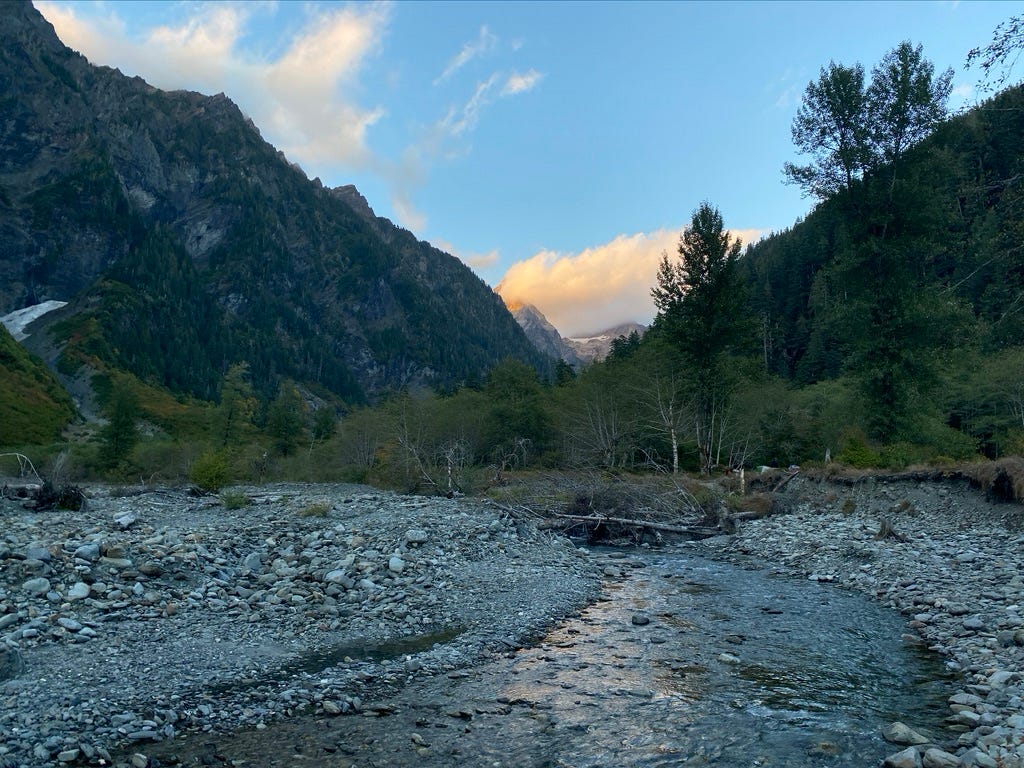
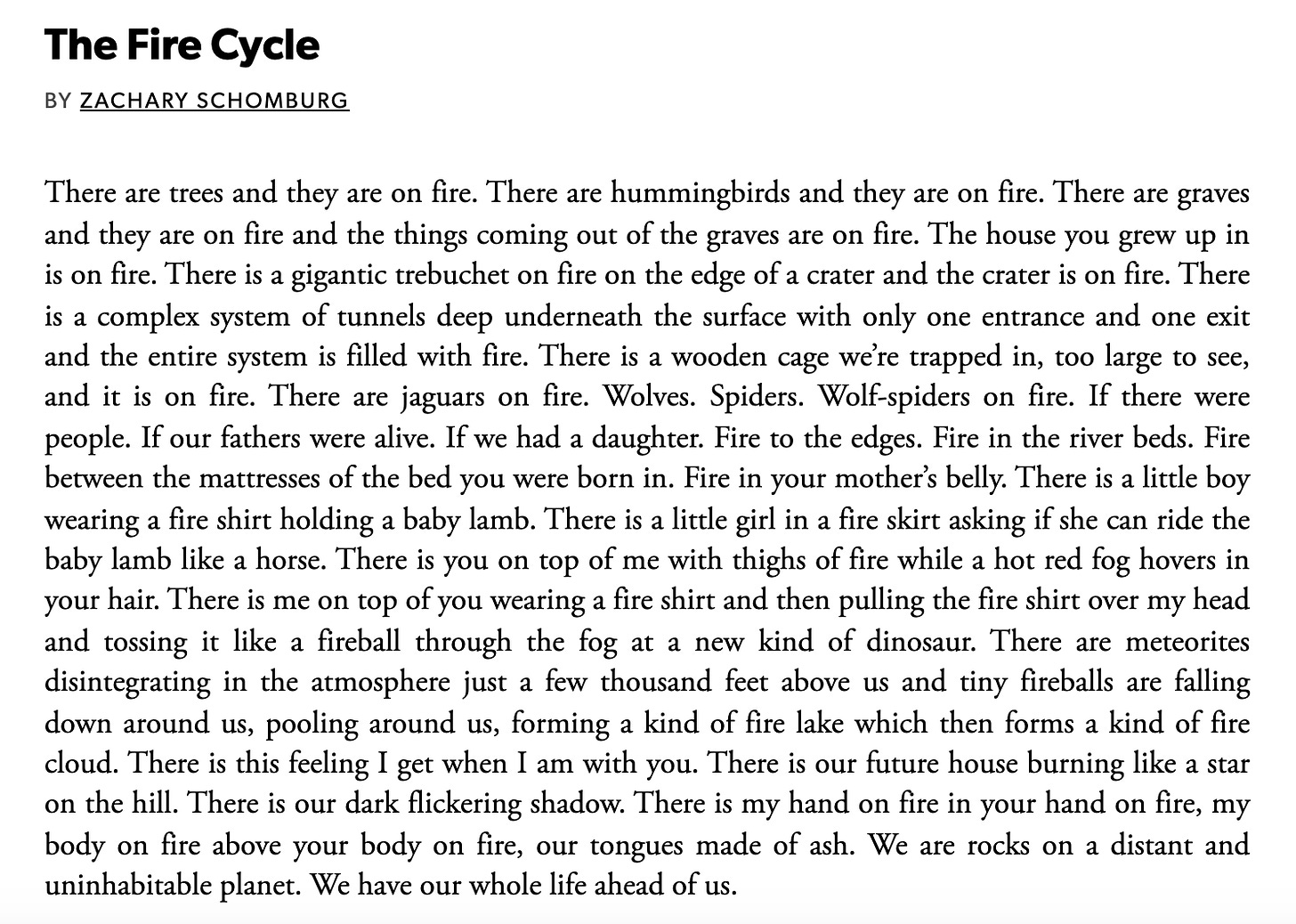




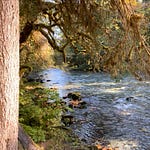


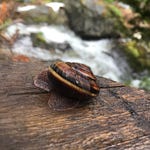

There Is Our Future House Burning Like A Star On The Hill